All products featured are independently chosen by us. However, SoundGuys may receive a commission on orders placed through its retail links. See our ethics statement.
Best Apple AirPlay speakers
May 17, 2024



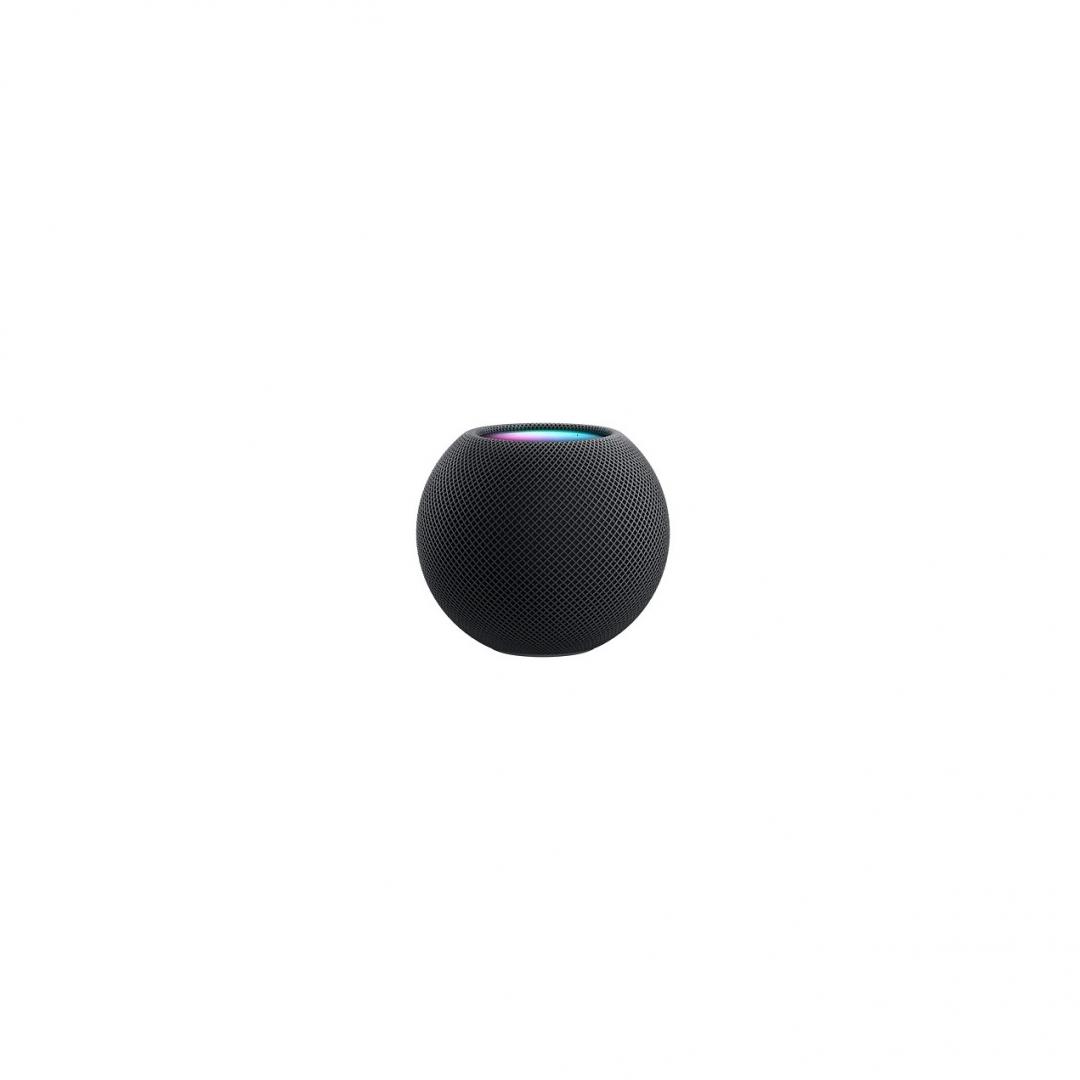

If you want the best wireless audio streaming solution in your home, you’re better off using a Wi-Fi speaker system. Unlike Bluetooth, audio streaming over a network allows for higher data transfer rates. Apple AirPlay is one of the most reliable wireless streaming technologies available, and support for it has increased over time. If you’re eager to join in on the move towards network-based content streaming, take a look at this list of the best Apple AirPlay speakers currently available.
Editor’s note: this article was updated on May 17, 2024, to ensure the timeliness of the information within.
The best Apple AirPlay speaker is the Sonos Move 2
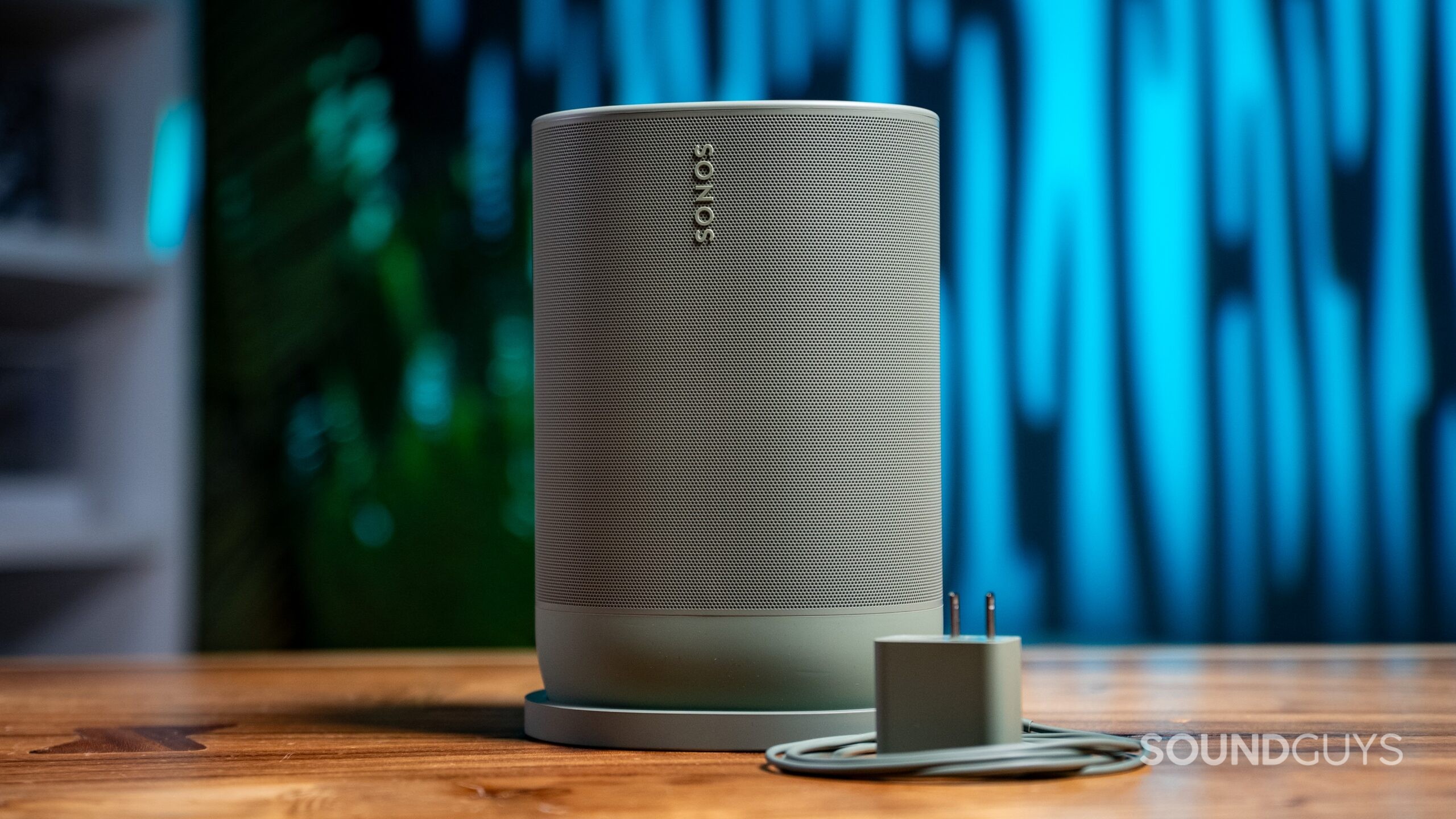
Sonos is best known for making high-end audio products that deliver great sound with a sleek design — if you’re willing to drop some serious cash. The Sonos Move is no exception.
This is Sonos’ second attempt at a portable speaker, featuring a more compact build in comparison to other speakers from the company. It sports an IP56 rating that allows this speaker to go anywhere—from the comfort of your living room to the beach or a hike. While the Sonos Move is portable, its handle design and heft make it a little difficult to carry around. This speaker is better suited for home use rather than your next road trip.
As a Wi-Fi speaker, the Sonos Move supports AirPlay 2, so you can stream high-quality audio straight from the Sonos Move. For other devices, such as Android smartphones, the Sonos Move still supports Bluetooth connections, though you’re limited to streaming audio using either the SBC or AAC codec.

Expand your multi-room wireless sound system with the Denon Home 150 Wireless
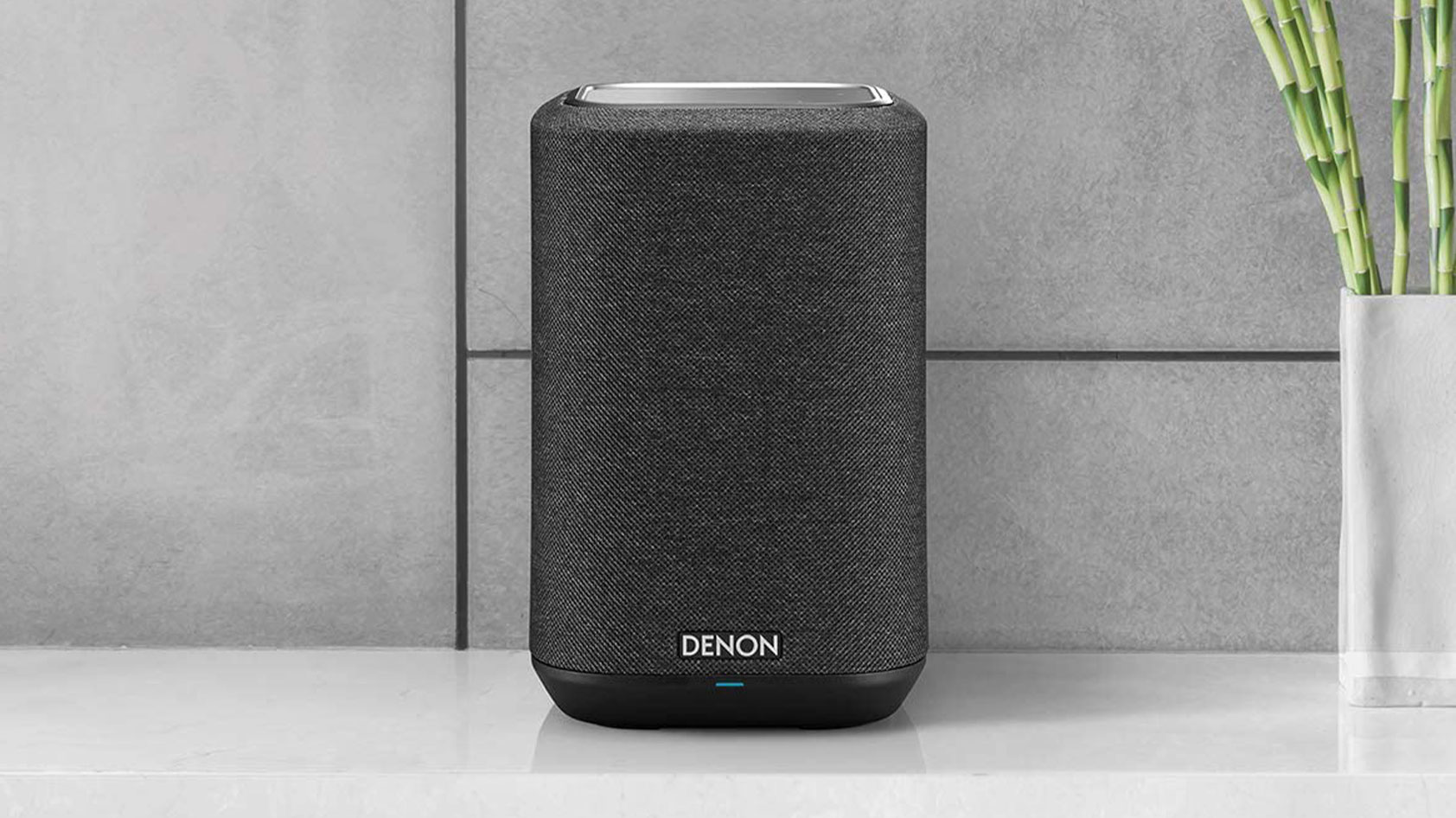
If you already own a HEOS (Home Entertainment Operating System) speaker by Denon or Marantz or would like to start a multi-room setup, the Denon Home 150 Wireless could be a natural pick. The speaker features a dynamic tweeter and a mid-bass driver designed to produce amplified highs and lows. In addition to AirPlay 2, you can stream music using Wi-Fi, HEOS, or Bluetooth. Heck, you can even plug a USB drive into the respective port on the back.
The HEOS app supports a host of streaming services, including Apple Music, Spotify, Amazon Music HD, Tidal, and more. Once you set them up, you can control them directly from the app. Still enjoy listening to the radio? Use the HEOS app to associate up to three internet radio stations with the Quick Select buttons at the top of the speaker.
This speaker does not contain a battery and requires a constant power connection.

The Bose Home Speaker 500 is a streaming stereo package
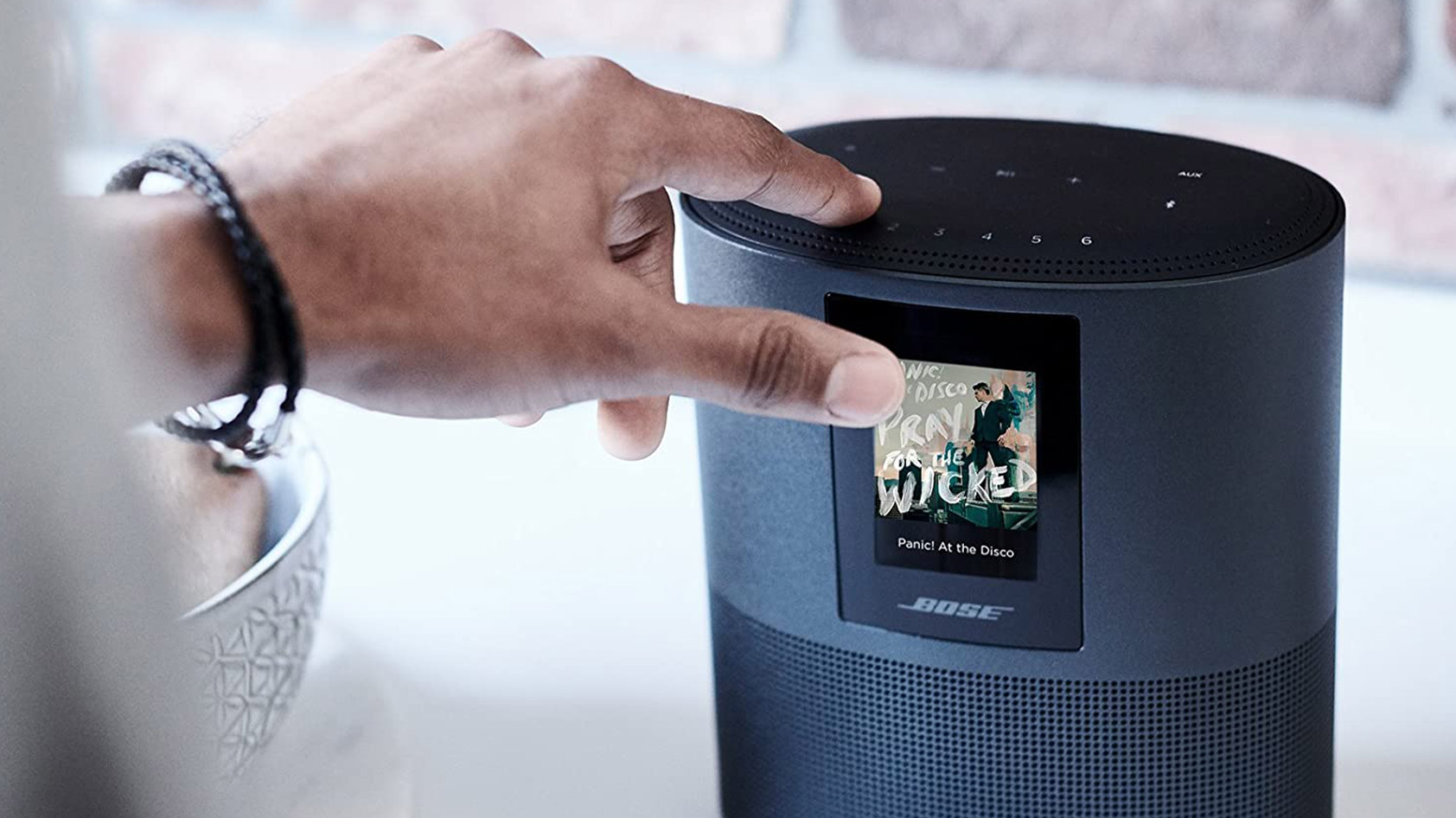
Bose cut its teeth on all-in-one speakers for the home, and the refinement of its expertise shows in the Bose Home Speaker 500. With an LCD display showing the artwork of your audio, it’s attractive and informative. Utilizing the capacitive controls and voice commands, you have immediate and direct control over playback.
The Home Speaker 500 has a true stereo configuration, housing dual 2.5-inch speakers. Despite the diminutive size, the speakers can get loud and still retain good sound quality. Besides Airplay compatibility, it also supports Bluetooth AAC and SBC (over version 4.2), Wi-Fi playback, Chromecast, and a 3.5mm auxiliary input. Basically, Bose covers almost all of the bases, but it doesn’t come cheaply, and you’ll have to endure the occasional long Bose updates.

Apple users should get the Apple HomePod mini
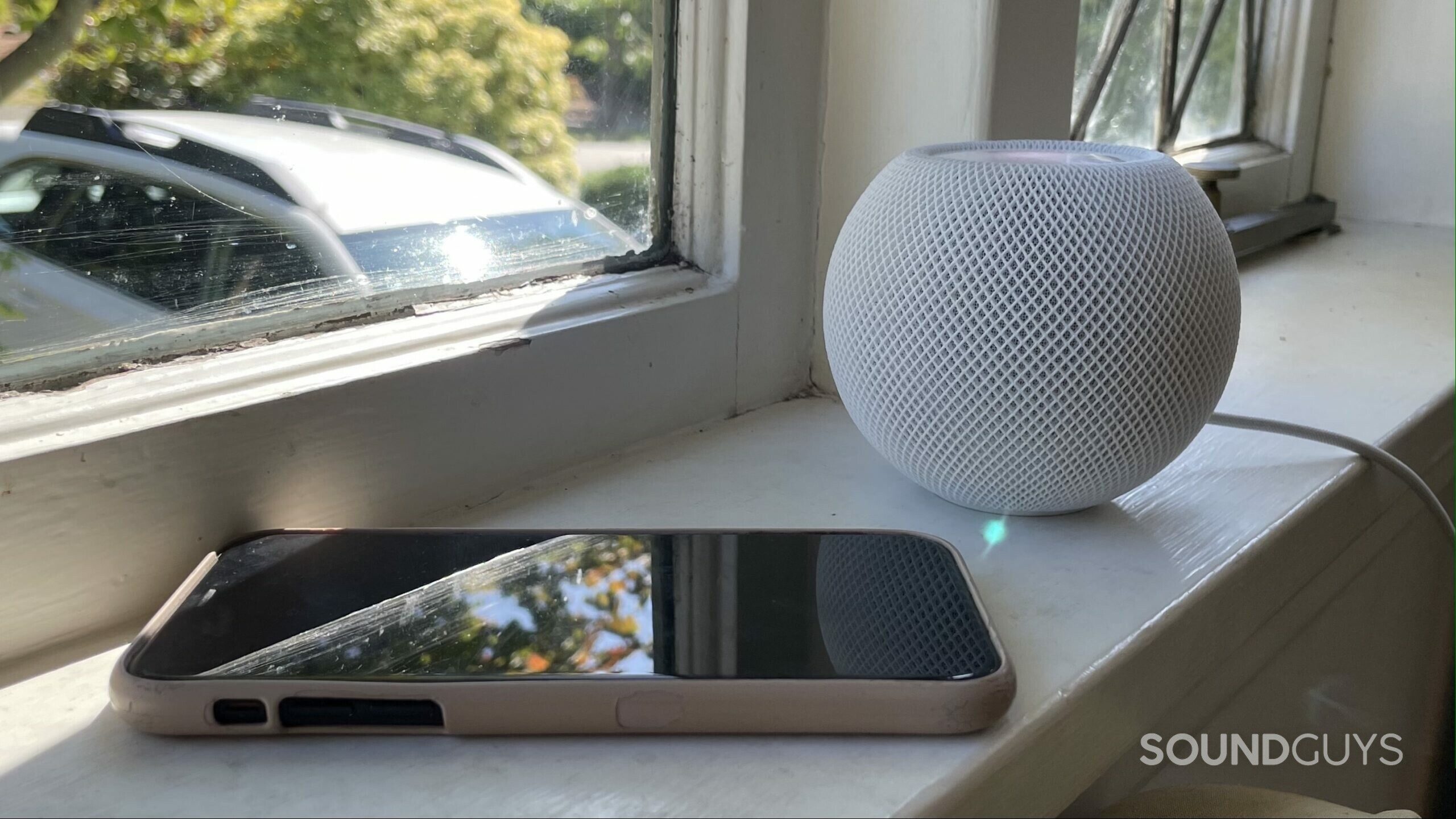
You can’t expect to go through an article about AirPlay without mentioning the HomePod mini. If you’re already heavily invested in Apple’s ecosystem, commit even further with the company’s very own smart speaker.
For around $100, the HomePod mini offers features 360° audio, and support for multi-room playback when paired with other HomePod minis. The speaker also includes Apple’s S5 chips, enabling computational audio that analyzes and optimizes volume and EQ for playback.
To get the most out of the HomePod, you need an iOS device. In fact, you can’t even set up the speaker without one. You’ll also need a subscription to Apple Music to access features like hands-free control via Siri.

The Sonos Beam (2nd Gen) is one of the best AirPlay speakers for home entertainment
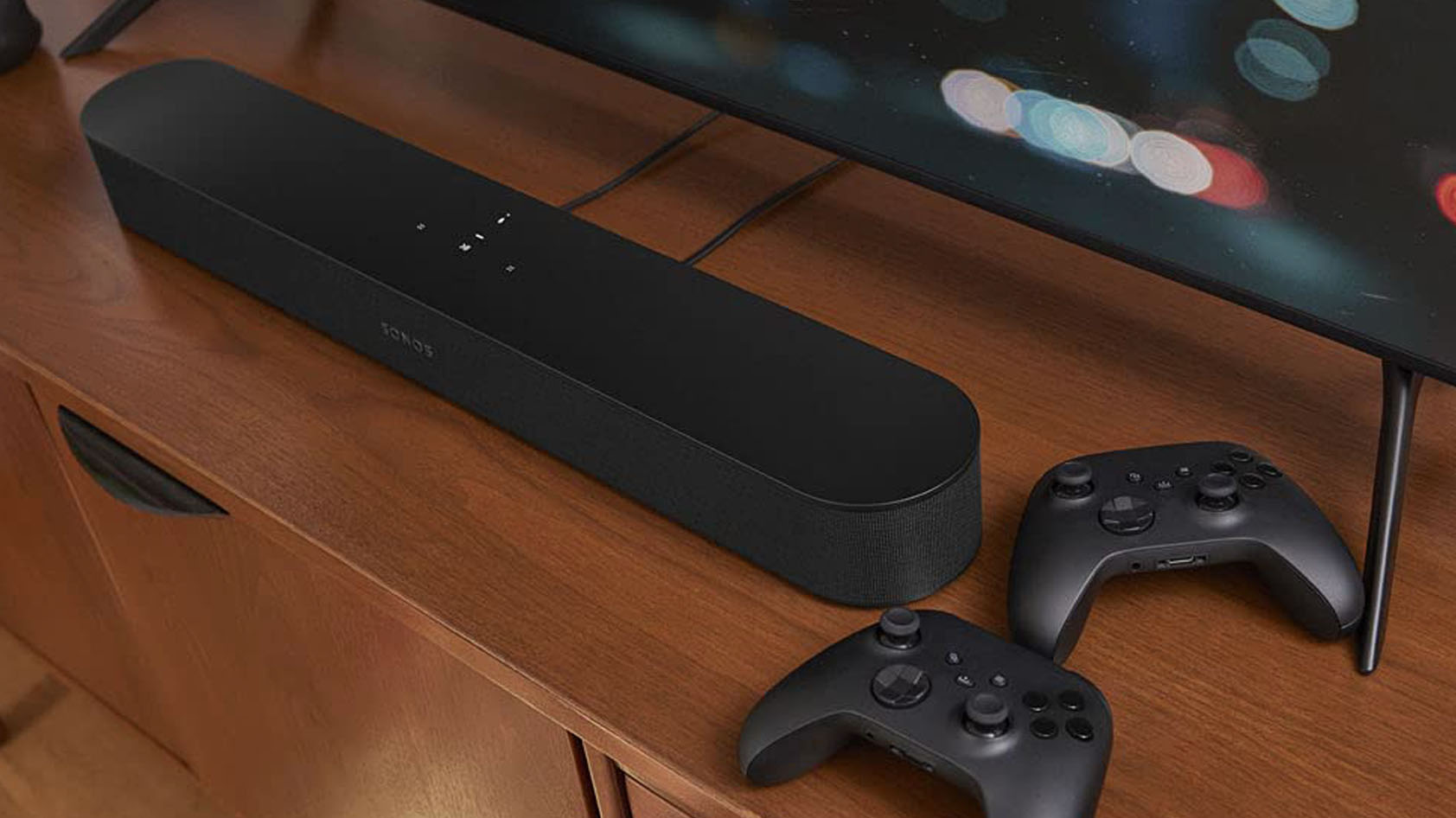
The Sonos Beam (2nd Gen) is one of the most popular soundbars on the market: it features a minimalist design that fits comfortably underneath many home entertainment setups.
Despite its slim figure, the Sonos Beam (2nd gen) delivers a powerful sound with accurate bass reproduction that doesn’t mask the mids and highs. Upon setup, you’re prompted to use Sonos’ Trueplay system, which uses your iPhone’s microphone to adjust the sound of your speaker according to your listening environment. Unfortunately, this feature is not totally supported on Android. However, once you’re up and running, you’re in for an enjoyable listening experience — whether you’re watching a movie or jamming to your favorite playlist. Plus you get Dolby Atmos support in the second generation Beam.
The Sonos Beam (2nd Gen) is a Wi-Fi speaker, though it can be connected to your home network via Ethernet. While AirPlay 2 is supported, there is no option to connect to the speaker via Bluetooth. Voice assistant integration is also included with the Sonos Beam (2nd Gen), with your choice of using either Amazon Alexa or Google Assistant.

What about the Apple HomePod (2nd Generation)?
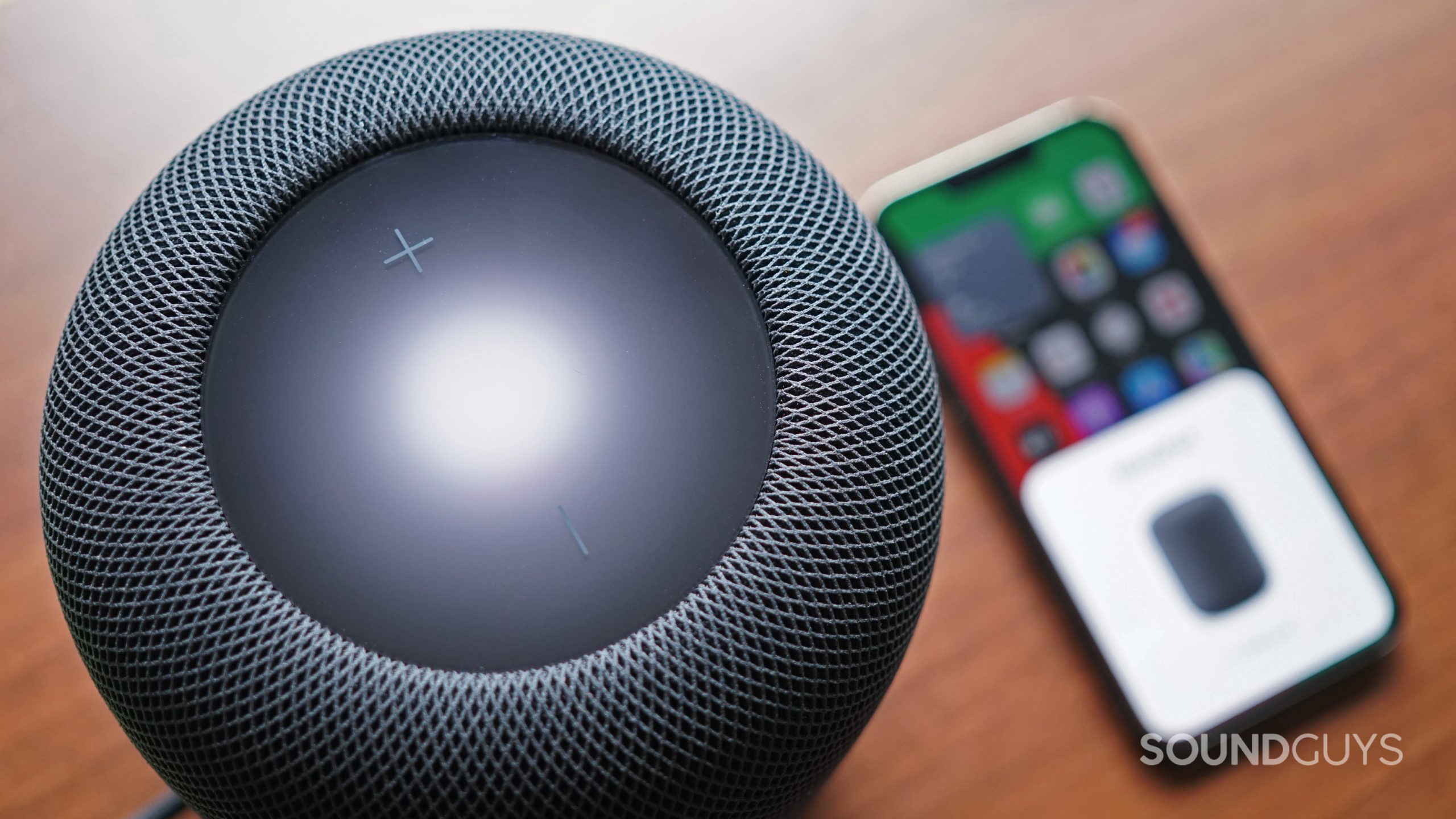
While it’s a very decent speaker, the Apple HomePod (2nd Generation) does tend to struggle oddly with AirPlay. It’s entirely possible that you won’t have the same issues we did, but in our use, we noticed almost a second’s delay from input to audio — not exactly the kind of thing you want. There are other rough edges, too, and given the huge price difference between the HomePod and HomePod mini. That’s not to say that the new HomePod is bad by any means, but it does have some foibles where there are fewer with the mini version.

Listen to spatial audio with the Sonos Era 300
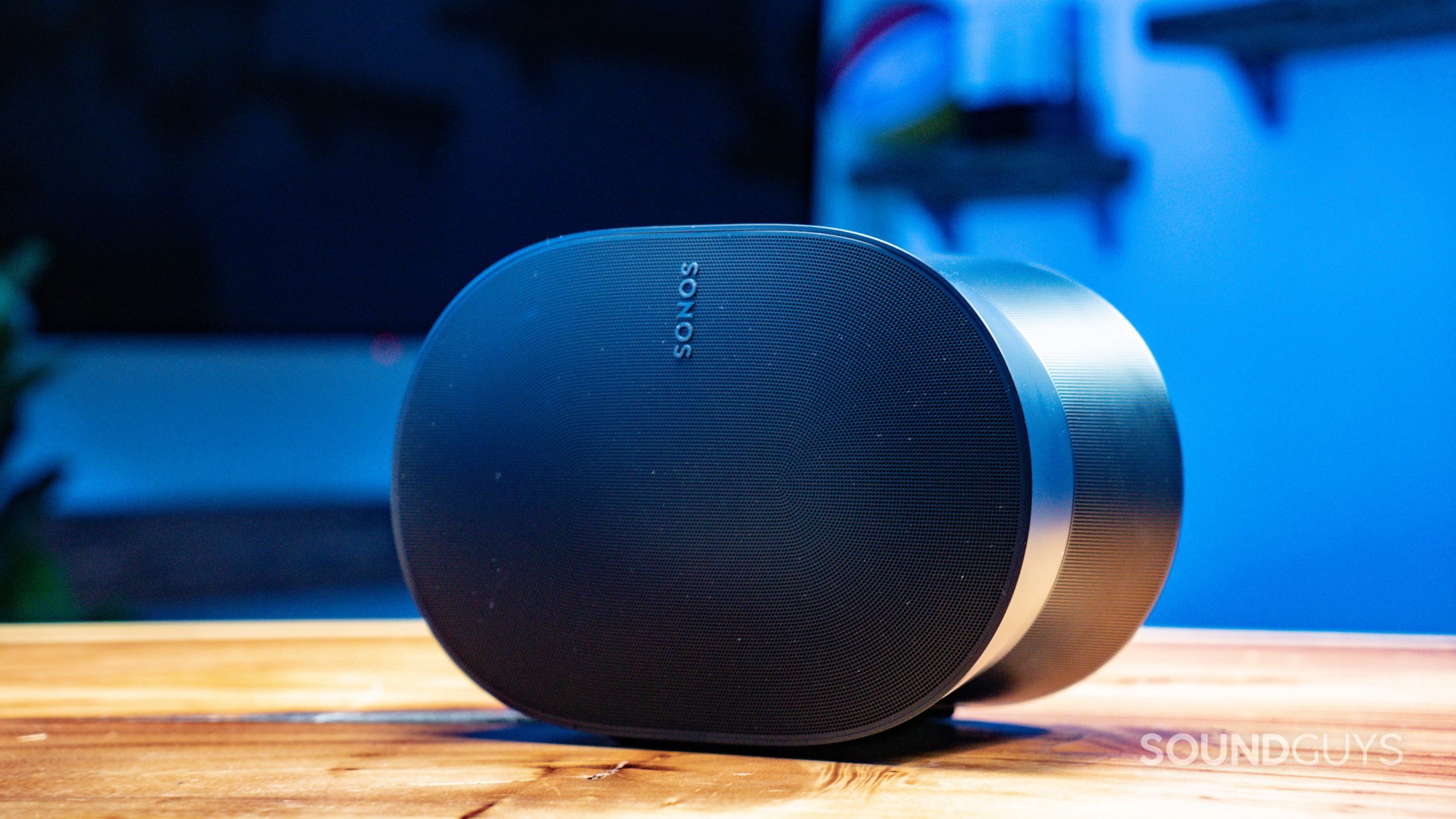
Those looking for a fully kitted out Airplay compatible speaker should consider the Sonos Era 300. Inside the chunky housing are six drivers with Dolby Atmos compatibility for spatial audio to create more immersive music and movies. You have access to touch controls or the app, or you can use your preferred smart assistant (with an optional mic mute button if you’re concerned about privacy).
Utilizing the Sonos Trueplay feature, the speaker calibrates to the room to optimize sound quality. The app has an equalizer as well, but it’s a bit too rudimentary. In our review, we found sometimes the implementation could glitch with YouTube; however, it’s possible that will see a resolution in an update.

The Sennheiser Ambeo soundbar can be your sole speaker
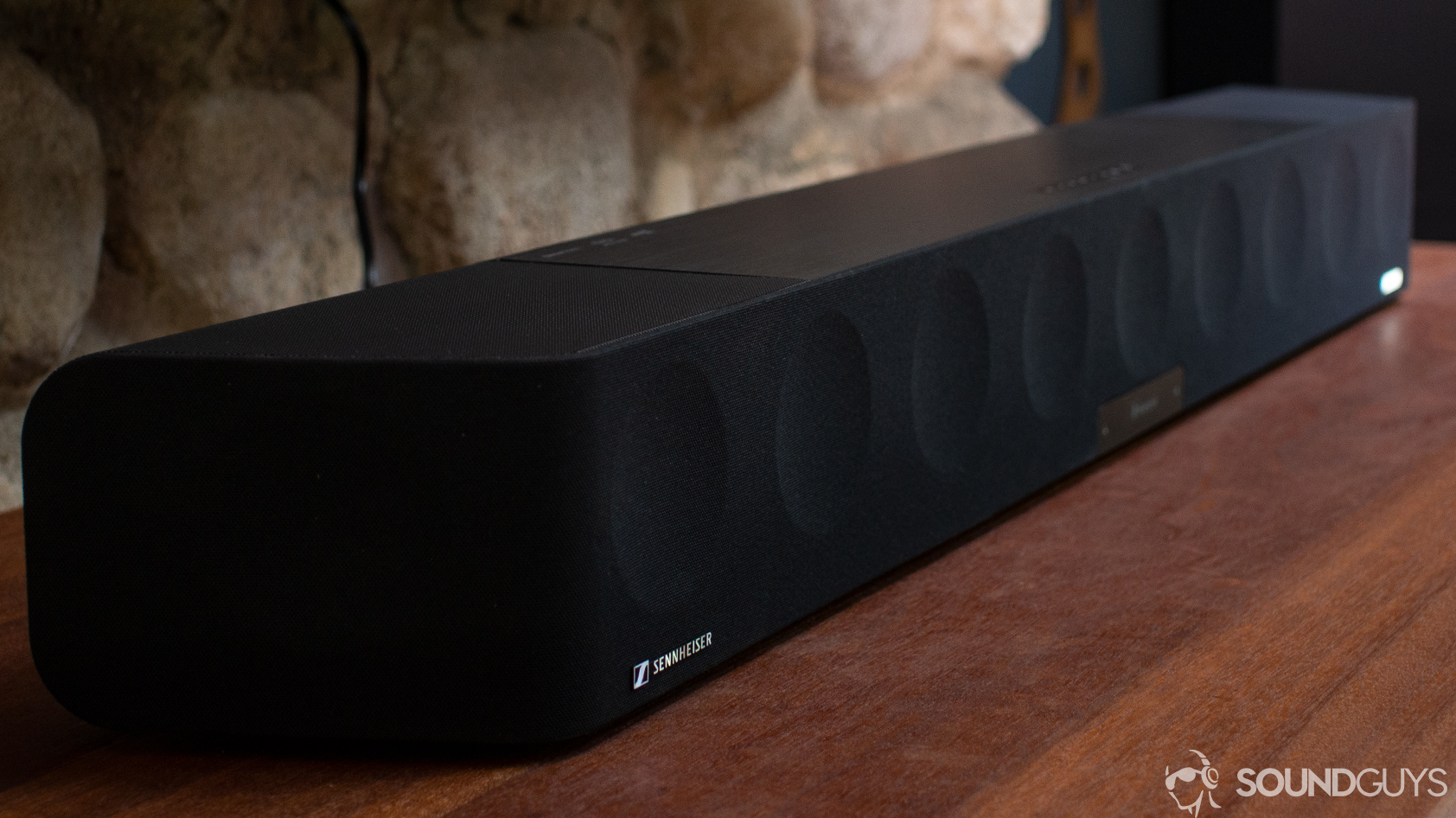
Suppose you’ve got the space (and the funds). In that case, the Sennheiser Ambeo (also known as the Sennheiser Ambeo Max since rebranding) is an impressive soundbar capable of producing surround sound for your home theatre or for listening to music. The Ambeo calibrates itself to fit your room’s unique dimensions and reflectivity. It uses a whopping 13 speakers.
Sure, it’s large, but it easily takes on multiple roles: home theatre, music listening, podcast player, or whatever you need to listen to. Plus, with Airplay 2, you can add additional Airplay-compatible speakers for multi-room listening. It’s even futureproofed with MPEG-H support for video and high-quality audio. Overall, the Ambeo Max is more than just a standard soundbar or Airplay speaker. Here, we’ve barely touched the surface of its capabilities.


Best Apple AirPlay Speakers: Notable mentions
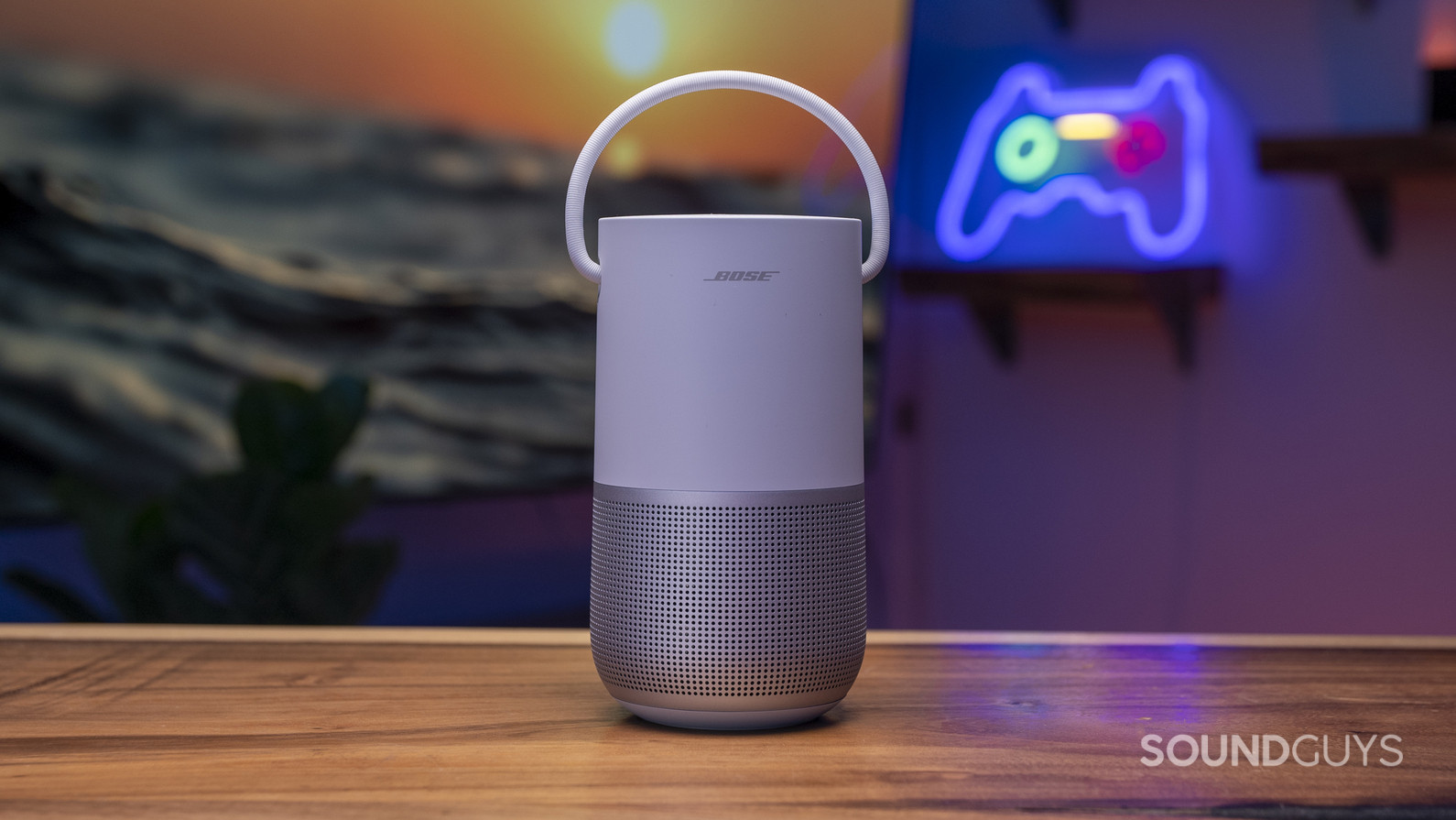
- Bose Portable Smart Speaker: If you’re willing to pay a premium ($399 at Amazon), this speaker offers AirPlay music streaming in a sleek and portable design — coupled with omnidirectional speakers, voice assistant integration, 12-hour battery life, and IPX4 water resistance.
- Bose Smart Soundbar 600: This highly capable soundbar (for $499 at Amazon) combines the ease of use associated with Bose and includes Airplay too.
- Bose Smart Soundbar 900: The physically bigger brother of the smart soundbar series will cost you ($899 at Amazon), but if you want audio that fills the room, try it.
- Sonos Five: This pricey ($642 at Amazon) and large smart speaker is Airplay 2 compatible, but its real appeal is that you can pair it with a vinyl turntable to bridge your modern music streaming with your vinyl collection all in one unit.
- Sonos One (Gen 2): Though the Sonos setup process is a real pain in the neck, the payoff is often worth it. This home smart speaker has in-app EQ and is humidity resistant, so you can customize your listening experience in all rooms of the house for $219 at Amazon.
- Sonos Roam: If you’re already invested in the Sonos ecosystem, this AirPlay 2 compatible speaker with an IP67 rating could be a nice add-on to take outside. It’s portable, features Trueplay tuning, and Sonos promises a 10-hour battery life for $418 at Amazon.
What you should know about Apple AirPlay speakers
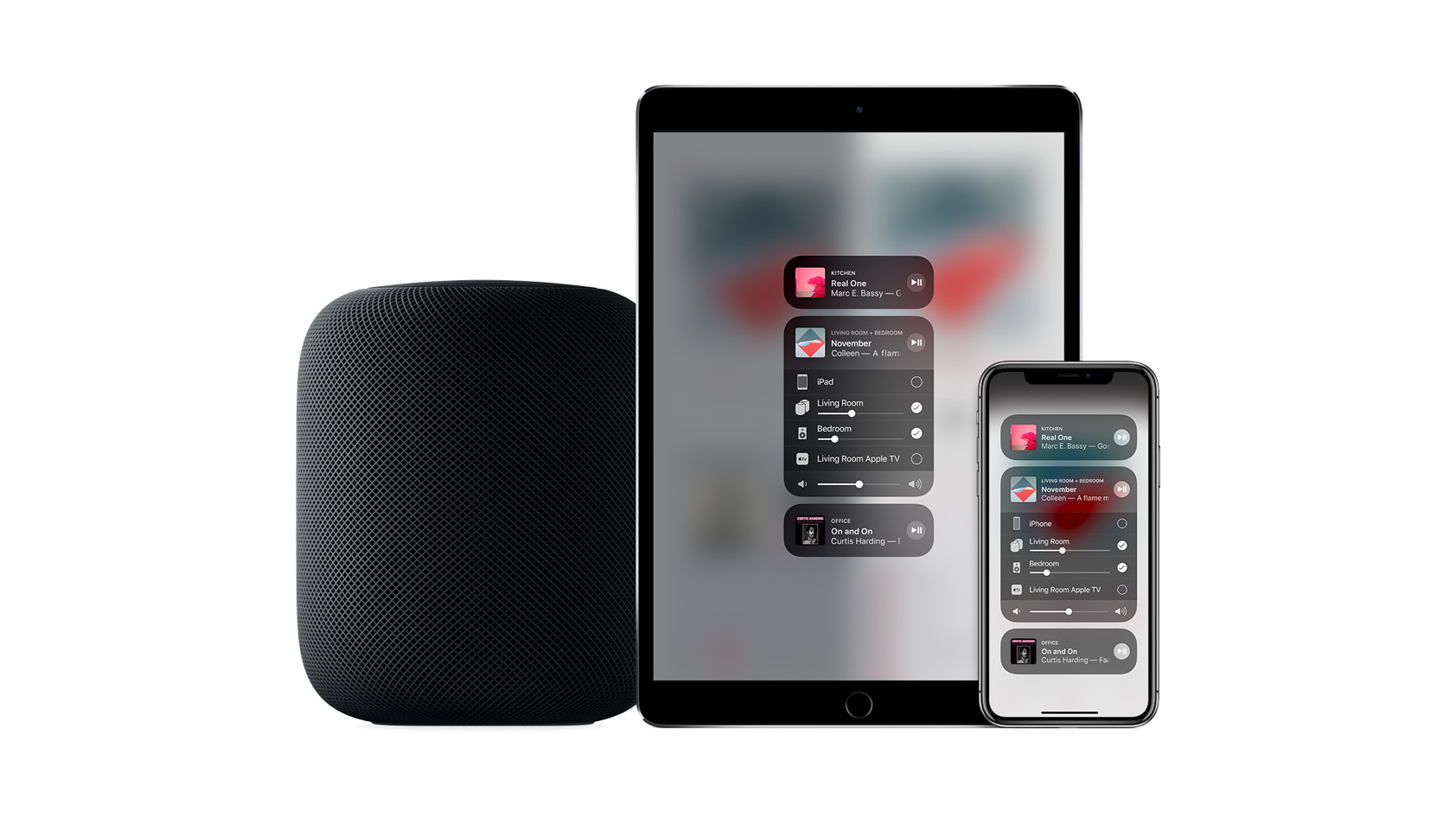
What is Apple AirPlay?
Apple developed AirPlay as a wireless content streaming protocol that lets you stream audio and video across a shared network. Seeing as this technology is proprietary, content can only be streamed from compatible devices: Windows machines streaming via Apple Music, Mac computers running macOS Catalina, and iOS devices running 11.4 or later. Receiver units, such as speakers and TVs, must have the label “Works with Apple AirPlay” on their packaging to verify compatibility.
Is AirPlay better than Bluetooth?
In short, yes. This is because AirPlay uses a Wi-Fi connection for greater transfer rates via the Apple Lossless Audio Codec (ALAC), which supports eight channels of audio at 16, 20, 24, and 32-bit with a maximum sample rate of 384kHz. Unfortunately, Bluetooth doesn’t share the same streaming qualities as Wi-Fi, with transfer rates ranging from 320kbps (SBC) to 990 kbps (Sony LDAC).
Because AirPlay is proprietary technology, there aren’t a lot of compatible devices currently on the market. AirPlay-compatible devices tend to cost more than traditional Bluetooth speakers, which may deter some budget-conscious consumers.
What’s the difference between Apple AirPlay and AirPlay 2?
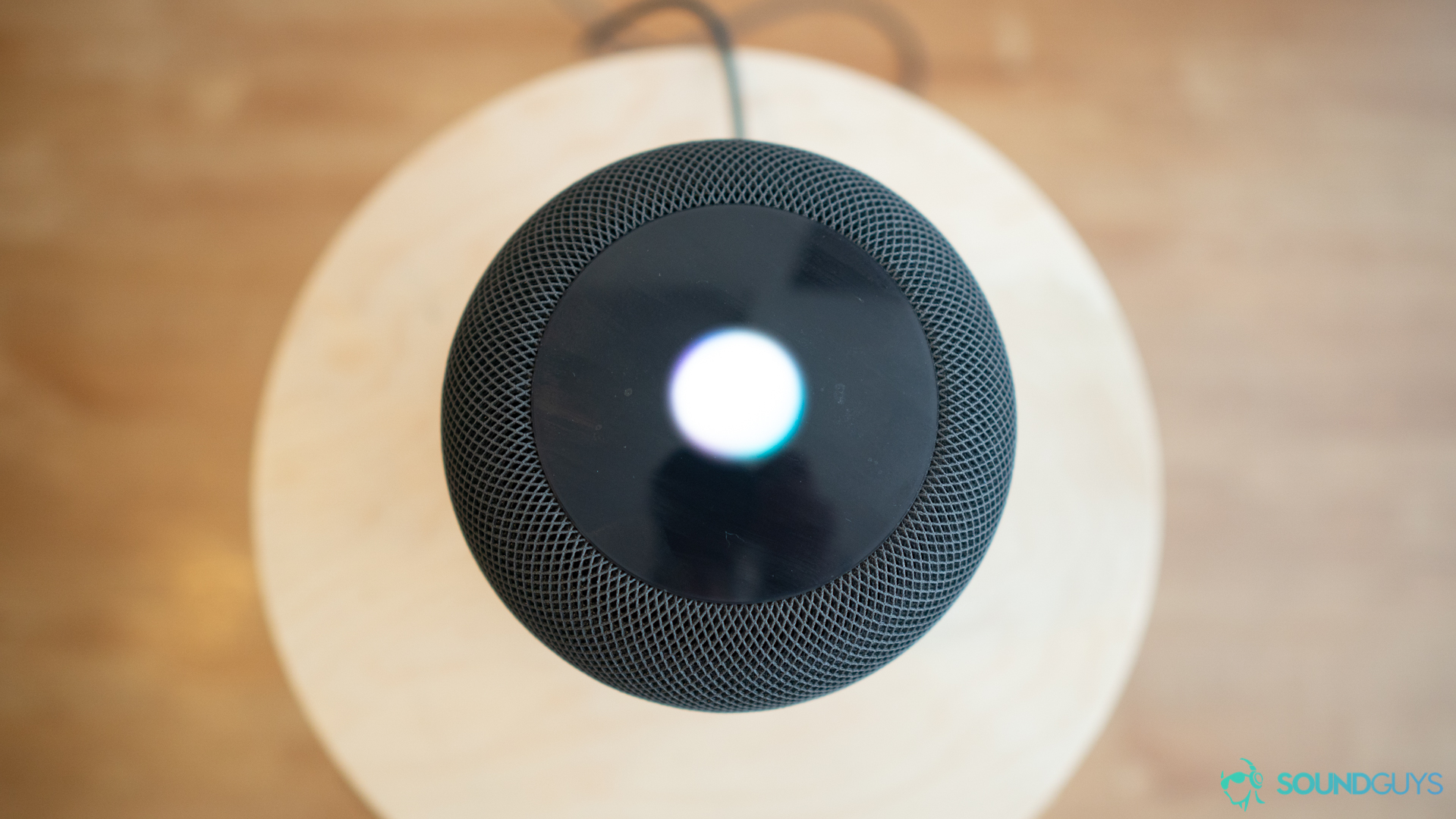
Apple AirPlay 2 was announced in 2017 and features multi-room functionality and HomeKit support. Multi-room audio allows you to play music from a single speaker or to any other device throughout your house — all from a single device. You can even choose different songs to play on each speaker in your home, though this requires a subscription to Apple Music.
HomeKit support allows you to automate your speakers by adding them to rooms or scenes. For example, when you come home from work, you can configure HomeKit to turn on your lights, adjust the temperature, and play a soothing track over your AirPlay 2 speakers.
Other enhancements included with AirPlay 2 include uninterrupted playback when you receive calls, shared playlist compatibility for Apple Music subscribers, and multi-device streaming support.
Please note that multi-room connectivity is only compatible with AirPlay 2 speakers. The feature will not work if you try to stream content to both an AirPlay 1 and AirPlay 2-enabled device.
Why you should trust SoundGuys
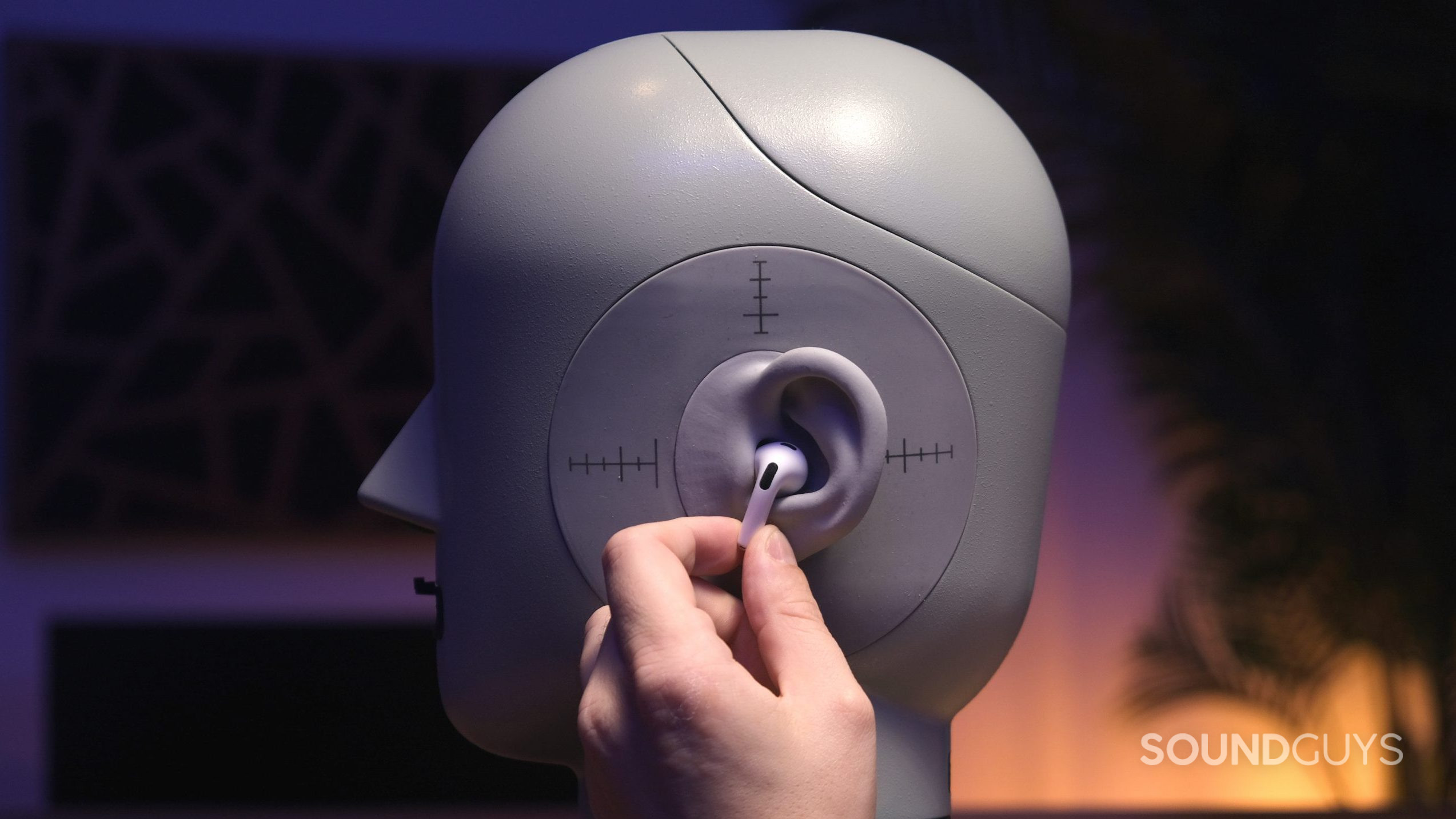
Each writer at SoundGuys has accumulated years of experience reporting on the consumer audio market. SoundGuys’ survival depends mainly on readers enjoying their purchases. We pride ourselves on transparently outlining objective facts while accounting for the subjective experience to contextualize an audio product’s performance. When we do misspeak, we correct and own up to it.
Frequently asked questions about the best AirPlay speakers
Despite having similar names, Apple AirPlay and Sonos Trueplay are quite different pieces of software. Apple AirPlay is a software for sharing audio and video from one device to another. Sonos Trueplay is a software feature that detects the acoustics of a room and tunes the audio output to best suit that specific space.
In general, to stream audio from your iPhone to an AirPlay speaker, you’ll need to locate the AirPlay devices menu within whichever media player you are using. To AirPlay audio from Spotify to a speaker, click on the media player within the Spotify app, click the speaker icon in the bottom left corner, and select Apple AirPlay. From this AirPlay menu, you’ll see the names of all your compatible speakers. Similarly, to stream YouTube, click the icon at the top of the video player that looks like a rectangle with a tilted Wi-Fi symbol in it, and then select AirPlay devices.
Most modern speakers, especially from well-known brands, tend to support AirPlay. This includes a range of products from Sonos, Bose, Denon, and Apple, among others. However, it’s crucial to always confirm compatibility before purchasing, as not all models may support AirPlay. Always look for the label “Works with Apple AirPlay” on the packaging or check the product specifications online to ensure compatibility.
For Apple users, we recommend the Apple HomePod mini and the Apple HomePod (2nd Generation) for their seamless integration with the Apple ecosystem. However, other speakers like the Sonos Move 2 and Bose Home Speaker 500 also work well with Apple devices, offering AirPlay support.
Yes, AirPlay provides high sound quality. It uses Wi-Fi for data transfer, allowing for higher bit rates and less compression compared to standard Bluetooth streaming, thus maintaining audio fidelity.
AirPlay generally offers better sound quality than Bluetooth. It uses Wi-Fi, which supports higher data transfer rates and less compression, enabling better audio reproduction compared to Bluetooth’s more limited bandwidth and higher compression.
AirPlay is designed to transmit audio without significant loss of quality. It uses a higher bandwidth available over Wi-Fi to maintain the fidelity of the audio stream, unlike many Bluetooth codecs that compress audio more heavily.
AirPlay to Sonos can be considered near-lossless. While it uses compression, the high data transfer rates of Wi-Fi mean the audio quality is very close to the original source. However, the term ‘lossless’ in strict audiophile terms may not fully apply due to some level of compression.
AirPlay supports streaming audio up to eight channels of audio at 16, 20, 24, and 32-bit with a maximum sample rate of 384kHz through the Apple Lossless Audio Codec (ALAC). This capability far exceeds standard Bluetooth codecs, offering superior audio quality.
Yes, Bose speakers that use Wi-Fi features via the Sonos app, such as the Bose Home Speaker 500, support Apple AirPlay 2.